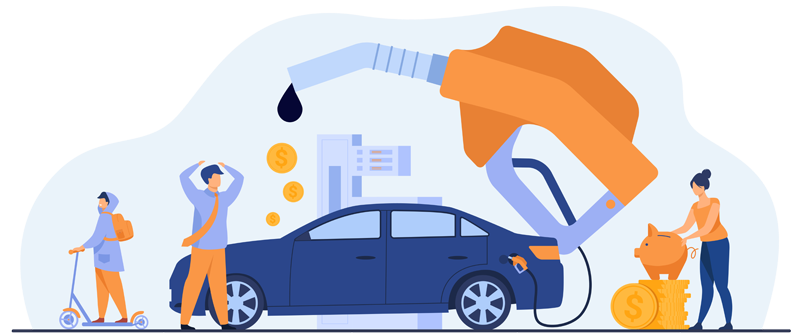Fuel Monitoring - Important For Transportation Progress

Fuel Monitoring | Image Resource: efacility.r.worldssl.net
Vehicle monitoring has become a critical demand in growing transportation and commerce requirements across numerous components or locations as fuel prices have risen. Vehicle monitoring online has made it easier for many business suppliers and merchants to monitor fuel use, commodities, transportation, and the vehicle itself. All we need nowadays is the internet to observe the important goods that the truck carries. Web-based apps will only be capable of monitoring and manage the vehicle from any location on the planet.
GPS is an example of a sophisticated internet platform that can provide position data, including a wealth of information about the automobiles, collected by various sensors and delivered to a central server.
To connect between the tracking device and the database controller, a GPRS-enabled sim card is frequently employed. Simply log in to the monitoring software online, either using a computer or a phone, and the vehicle details will be shown on an electronic map. It truly is that easy. In India, PRS is a common vehicle monitoring technology that increases fuel economy, transportation systems and fuel monitoring, especially for commerce.
Reports from fuel monitoring applications
For the next three months, the user allows users to connect to the information's history. The geolocation, speed, fuel usage, fuel in container, satellite image, flow rate, date and time, vehicle identification number, height, battery voltage, temperature in inside vehicle, and A/C status are all the vehicle
The stop report, management reports, fuel monitoring such report to examine data, geolocation report, AC on/off review, and fuel usage report will be generated by the automobile tracking application. An automobile monitoring device may now provide all the information required for safe mobility in society. A vehicle program to monitor will provide a number of functionalities depending on the demands. The user may set speed limits and send commands to the GPS monitoring equipment to deactivate the vehicle if necessary.
The users are able to take entire control of the fleet, track it, and manage it. The customer may also set alarms and get SMS messages. The electronic map displays the vehicle's location and other information. In today's market, either wireless and wired tracking systems are available. Vehicle monitoring GPS trackers, fuel monitoring systems, anti-theft tracking devices, multitrack equipment to track school and office cabs, and tracking the service person in food ordering applications are a few of the most commonly used tracking devices and applications.
